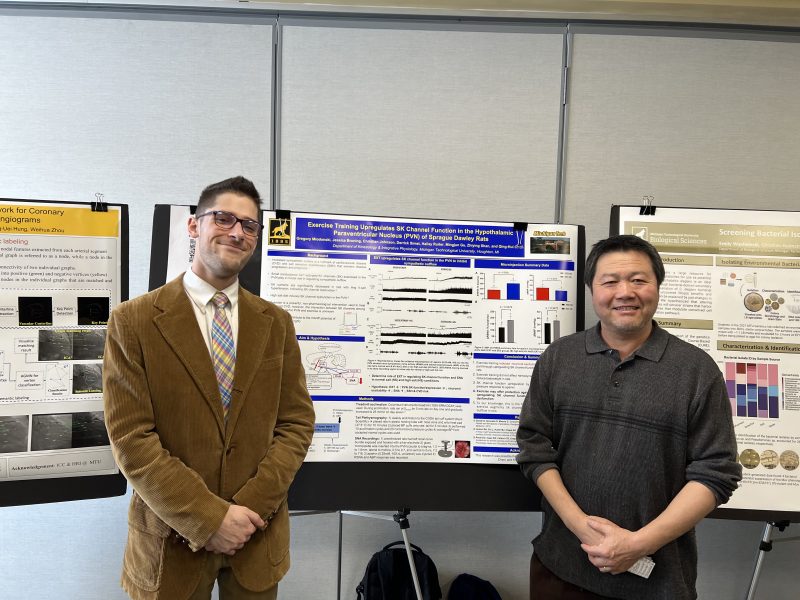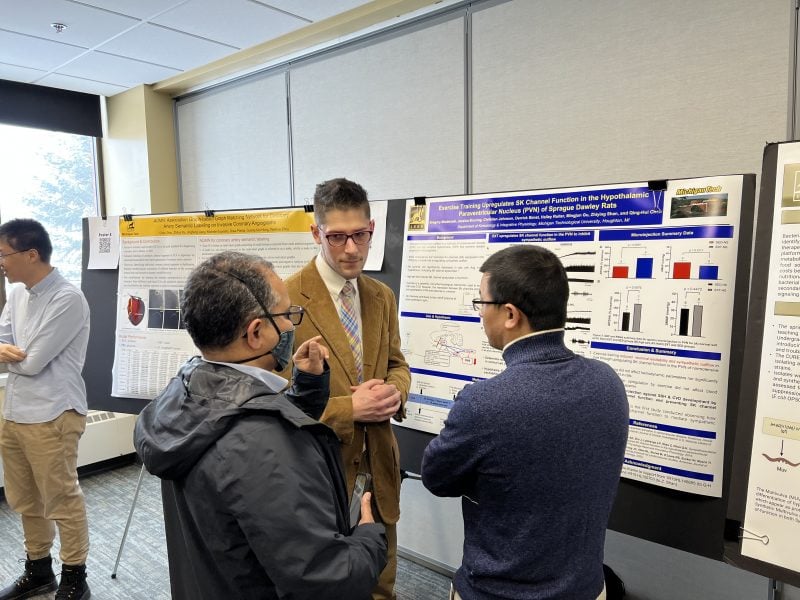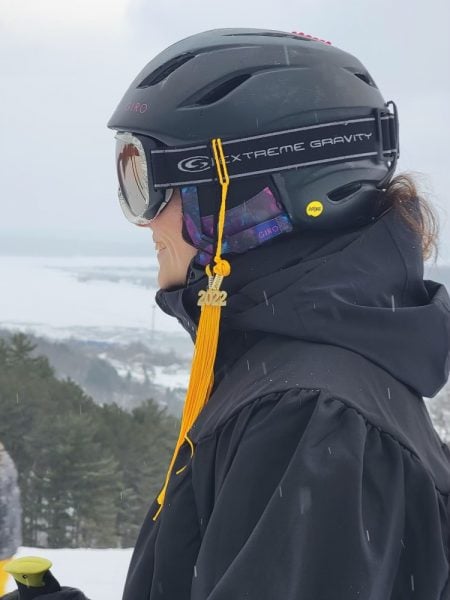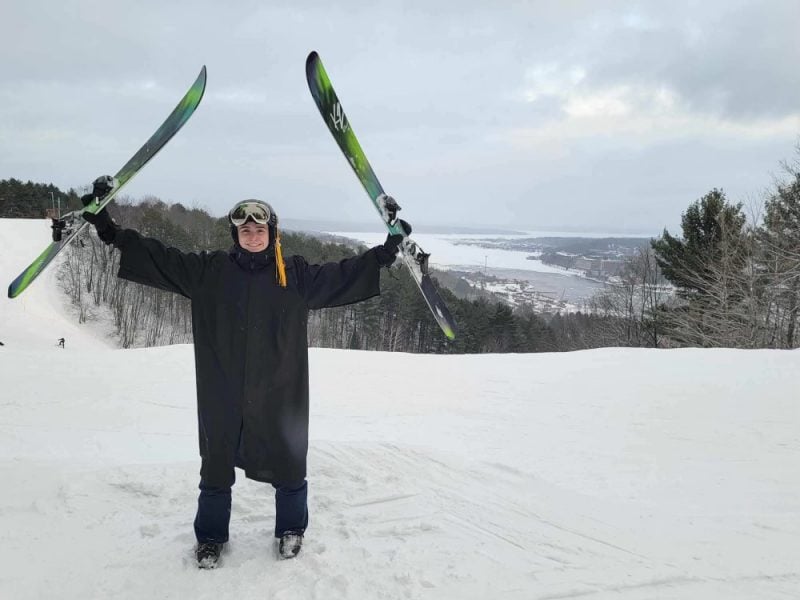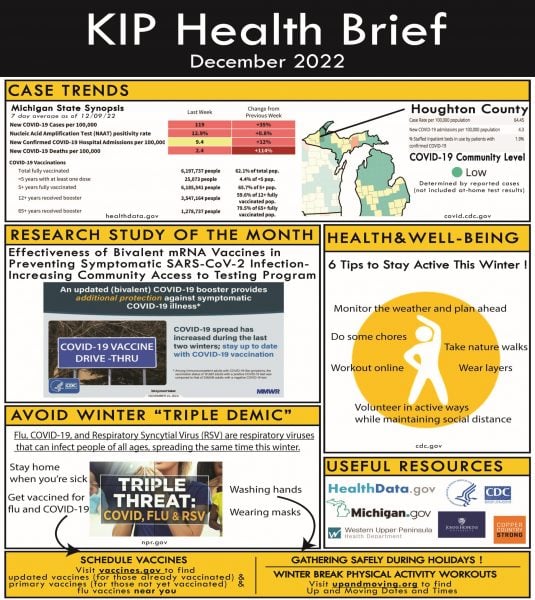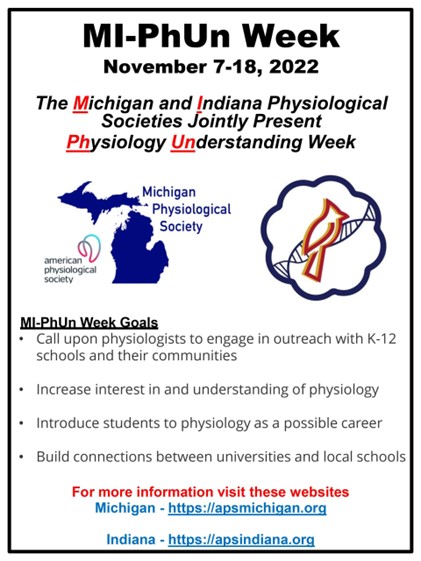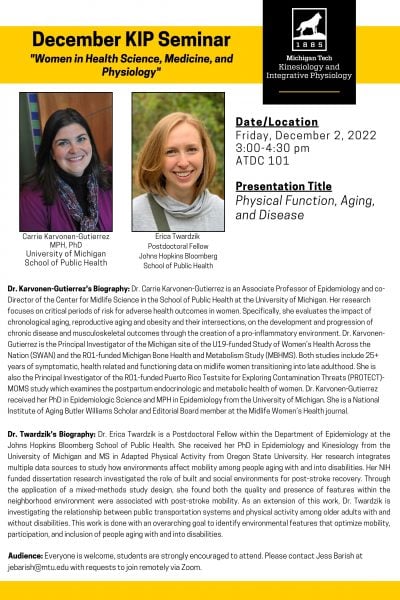Kyle Wehmanen, a PhD student and graduate teaching assistant, has been awarded a $5,000 graduate fellowship by the Michigan Space Grant Consortium, which is sponsored by NASA, for its 2023-2024 cycle. His project is entitled “Human Powered Locomotion on Variable Terrain: Implications for how to Move on Mars.”
More details about the MSGC and the complete list of undergraduate, graduate, and faculty recipients can be found in the Tech Today announcement from the Graduate School.


